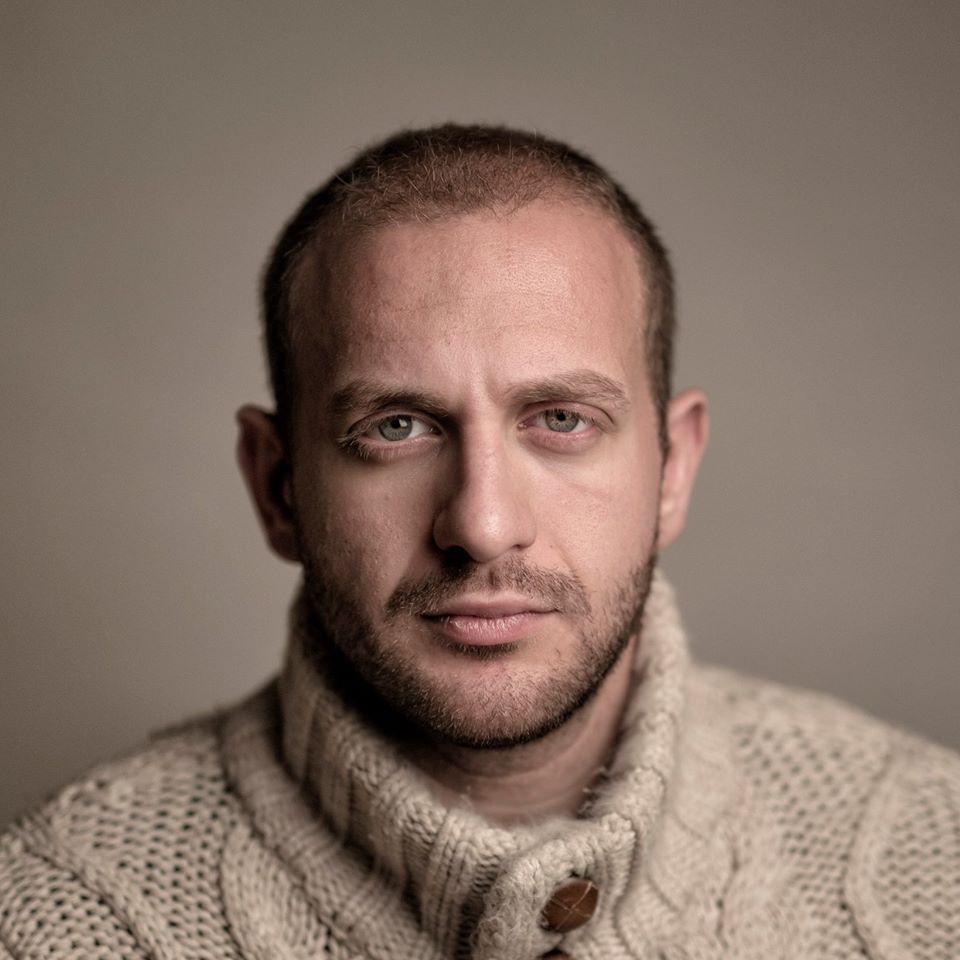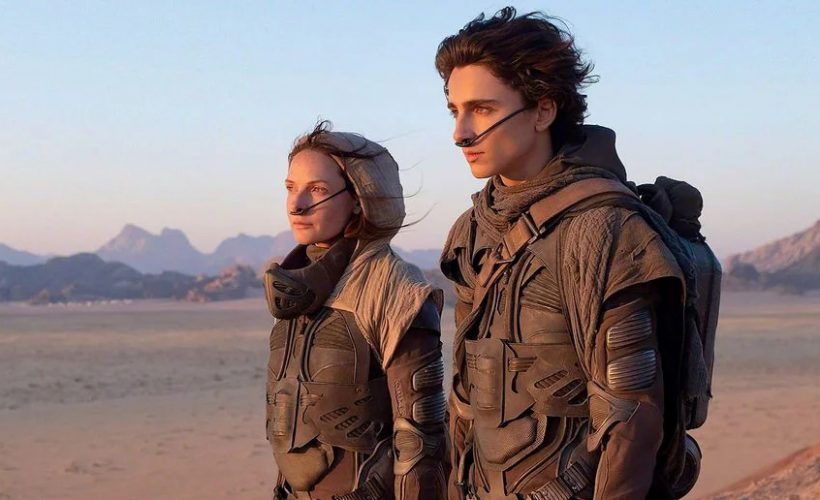Lifestyle
11.18.2019
Ali Baghdady revisits oriental tarab with an electronic twist

Tonight, the egyptian artist Ali Baghdady will give a concert at the Cité Internationale des Arts. The opportunity to present a sound project he prepares as part of his artistic residency.
Self-taught musician, Ali Baghdady is also an architect. An art that surely brought him a certain sense of harmony, which he uses today to create melodious musical structures, playing with sound spaces.
It’s with the covers of the American musician Tom Waits that Ali begins his musical career on stage. But tired of not singing in his mother tongue, he quickly begins to create his own compositions. In 2018, he is one of the laureates of the first edition of the Mounirat El Fan, an artistic platform organized by the French Institute of Cairo to support the emerging Egyptian scene in contemporary music. A victory that allows him to benefit from three months of accompaniment in Paris and to perform on the stage of FGO-Barbara for a concert.
Back in Paris, he is currently doing an artistic residency at the Cité Internationale des Arts, where he spends most of his days in a studio preparing his first solo album. A tasty mix of traditional Arabic music, oud, with hip-hop and jazz influences, all carried by an enchanting voice that carries the listener into a sort of mystical trance. He will give a concert tonight at the Cité Internationale des Arts, the opportunity to present some titles like Faani فاني , El Ard الأرض or Bahr.
Can you tell us a little about your musical background?
I learned to play the guitar on my own at the age of 12 while listening to some pop rock but also bands like Metallica. Gradually, I started to sing and work on my voice. In the beginning, I played and sang for 5 years in a troop that was paying tribute to Tom Waits. As I am Egyptian, I was frustrated not to sing in my mother tongue. So I started to create my own pieces. But my initial training is in architecture and I have always been an architect in parallel. I decided to completely quit architecture in early 2019 in order to focus on music as it became difficult to reconcile both. It’s been four years since I am pregnant with this musical project and it’s time to deliver.
How do you define your music today?
It’s a mix of oriental music, electronic sounds, with post-rock, hip hop, and jazz influences. I am very inspired by the tarab and traditional Egyptian music like Oum Kalsoum, Abdel Wahab, but also Sufi sheiks and Sufi mysticism. I trained for two years with the great Egyptian oud player Hazem Shaheen and I studied jazz theory to integrate these harmonies with more classical sounds.
What are the topics that inspire you when you write?
My songs include both my own lyrics and texts from authors I appreciate. I am very inspired by philosophical and spiritual questions about consciousness, like the works of Carl Jung for example. In my songs, I wonder about how to have a better life, and to be able to bring out the light that we have in each one of us. I am not interested to talk about political topics, what I want is to connect with people at a psychological and spiritual level.
What are the literary and cinematographic works that influenced you?
I really like the psychology work of Carl Jung as well as Joseph Campbell’s studies of the hero’s journey, which show how legends around the world all end up telling the same story. I am also very influenced by Sufi poetry with authors such as Ibn Arabi, Mansour al-Hallaj or Ibn al-Fârid, as well as the fiction of the Egyptian Naguib Mahfouz or the Japanese Haruki Murakami. Regarding the cinema, I like movies with magical realism which manages to speak to the heart and soul at the same time like those of Alejandro Inarritu or Darren Aronofsky.
popular

